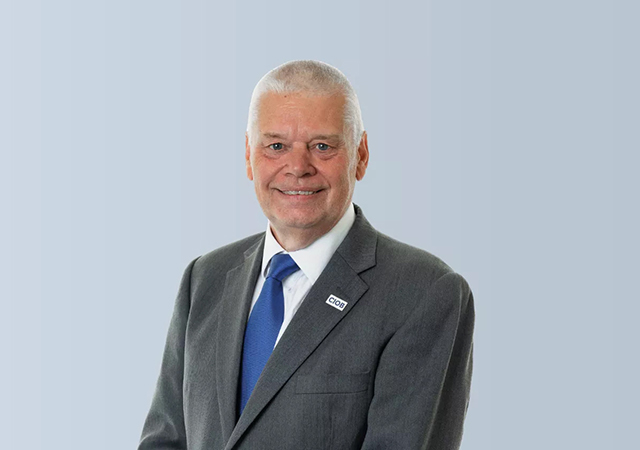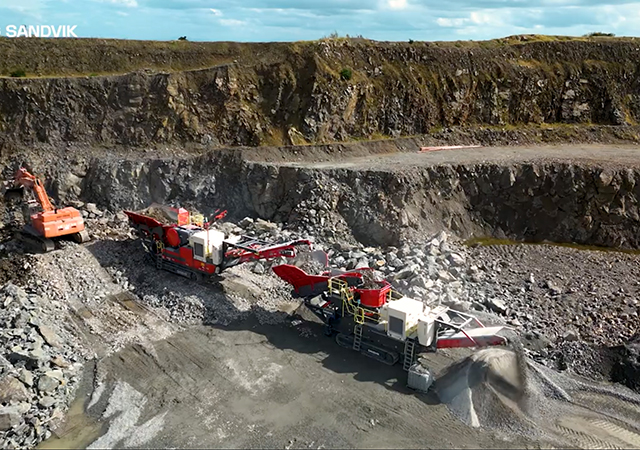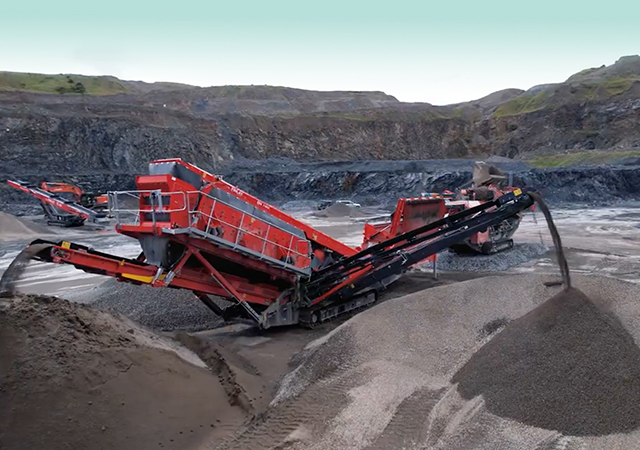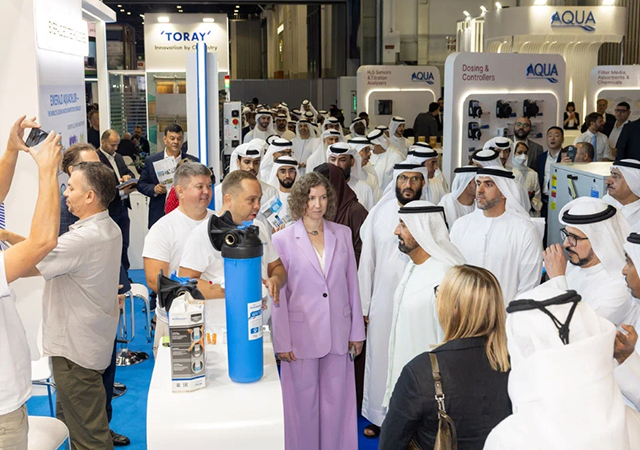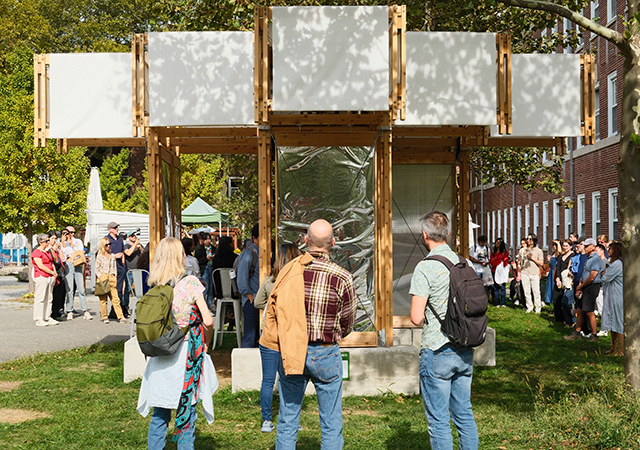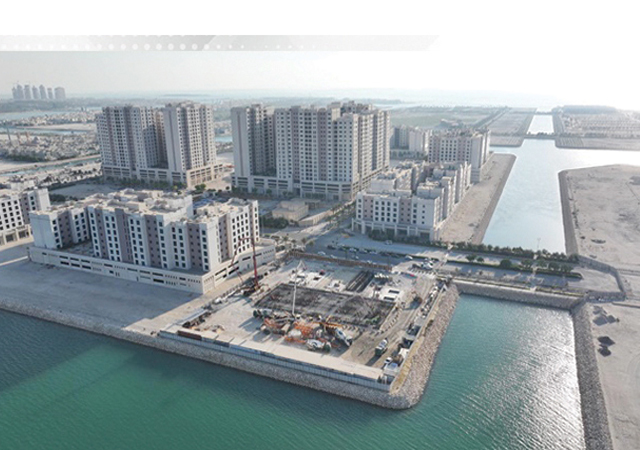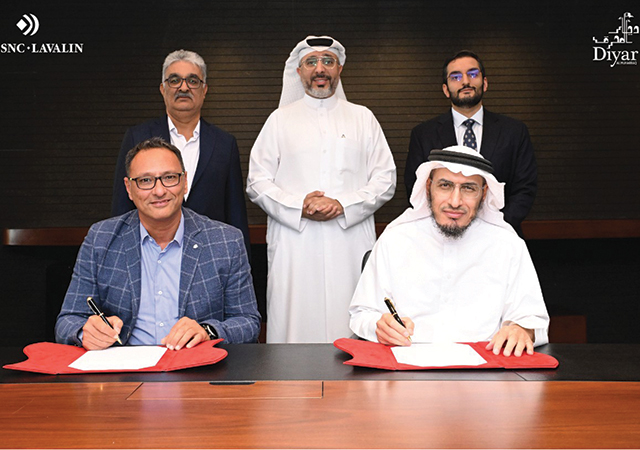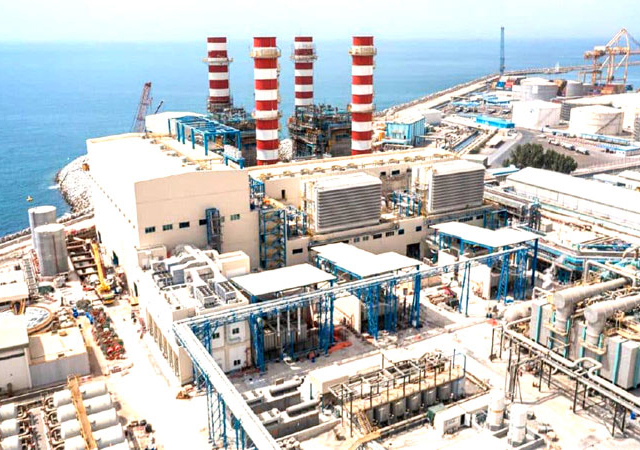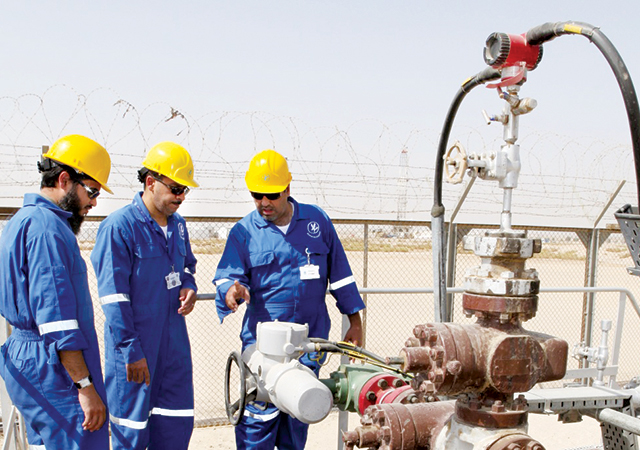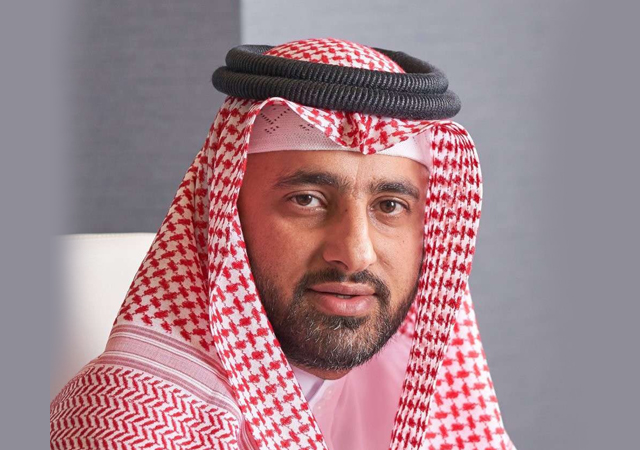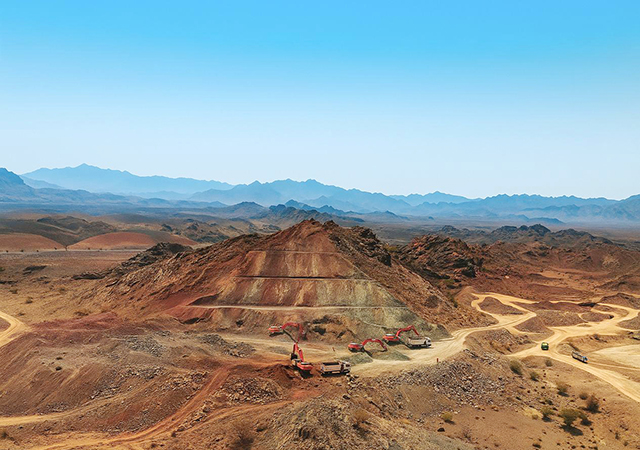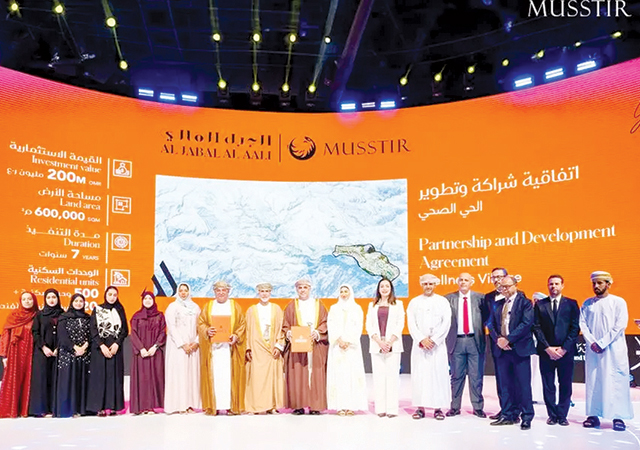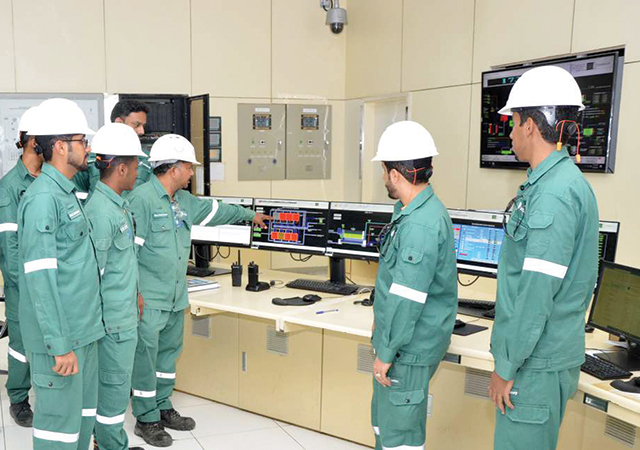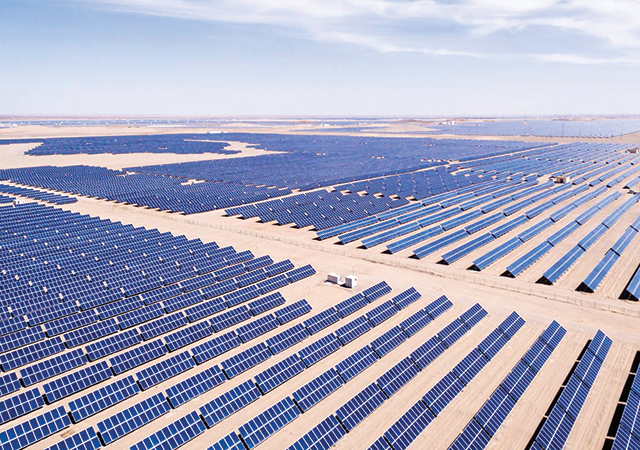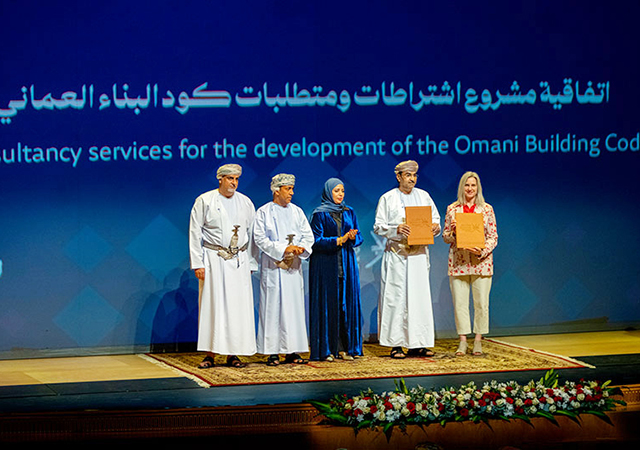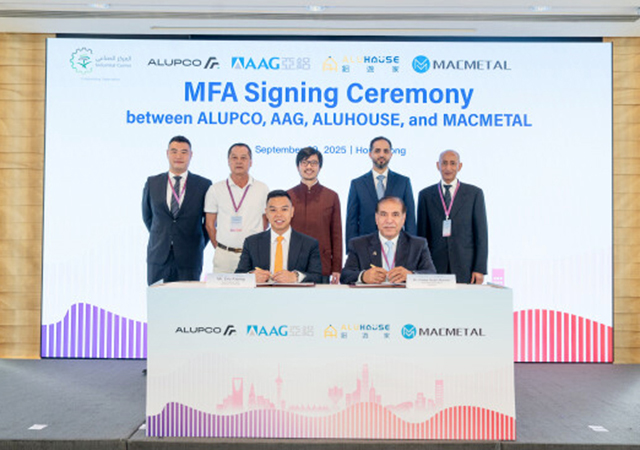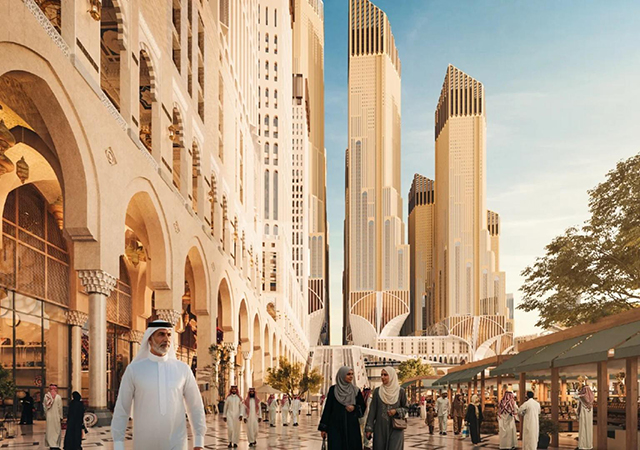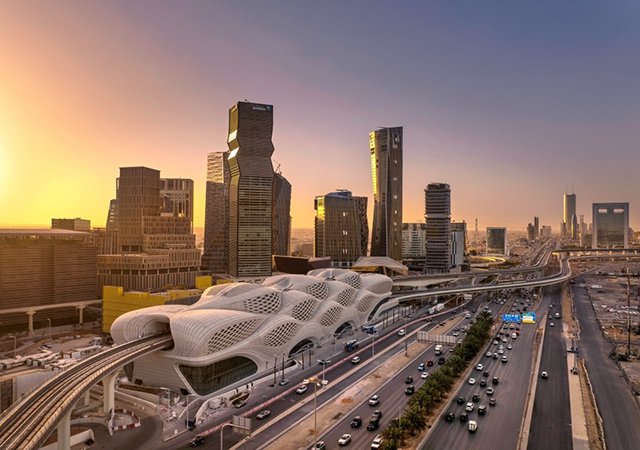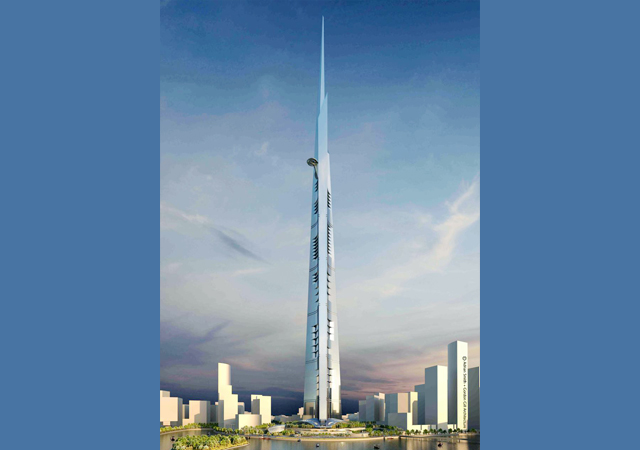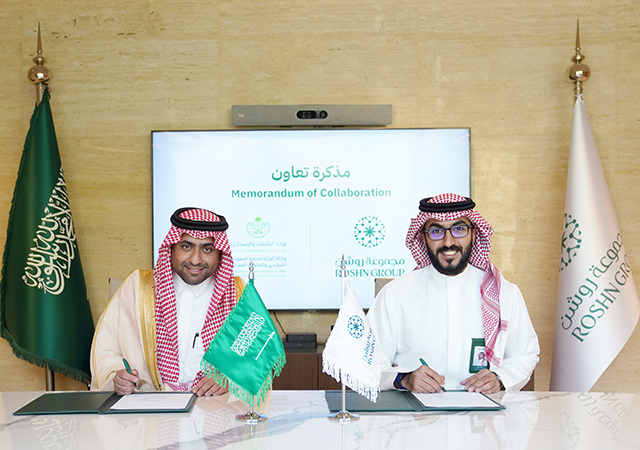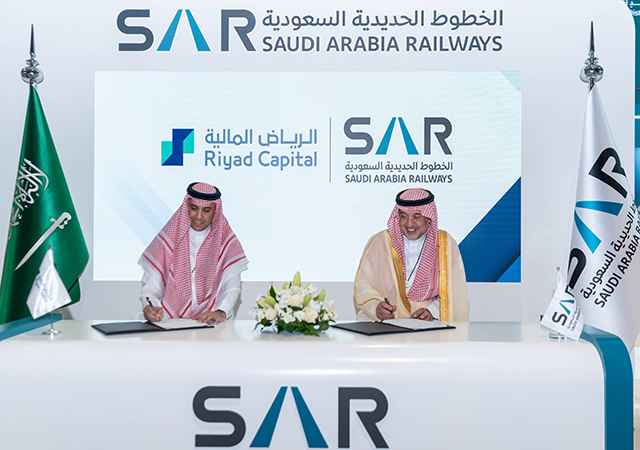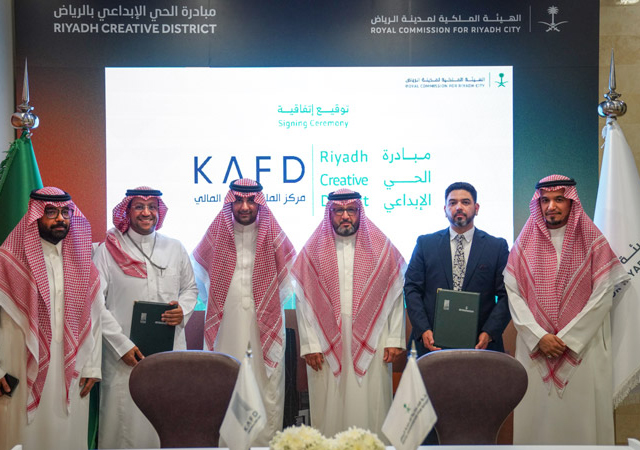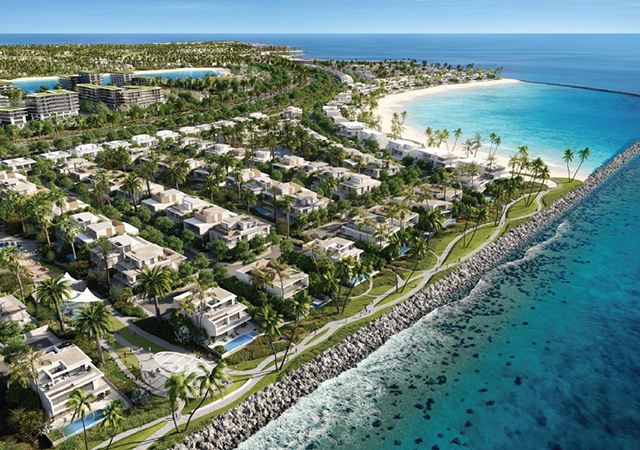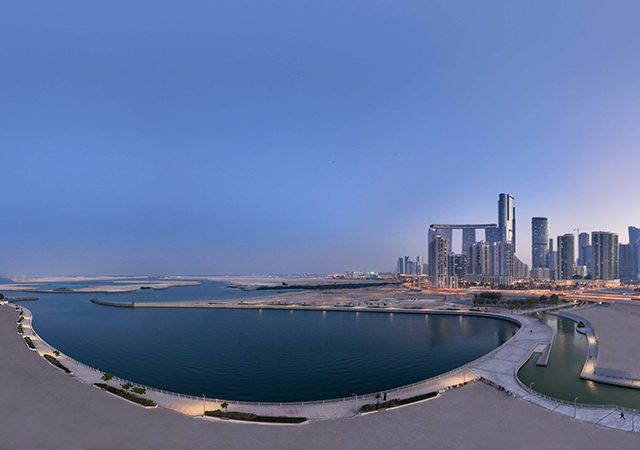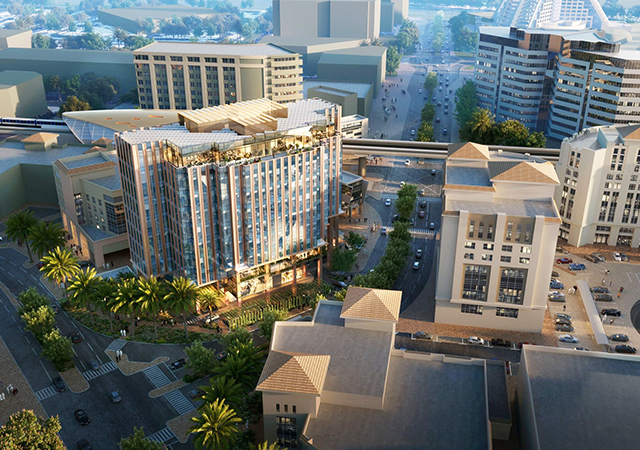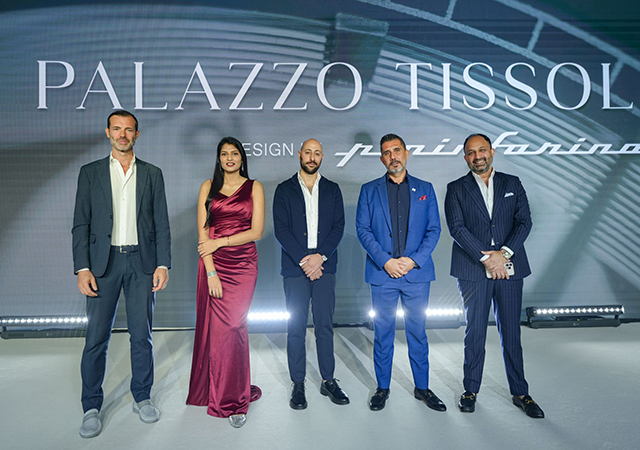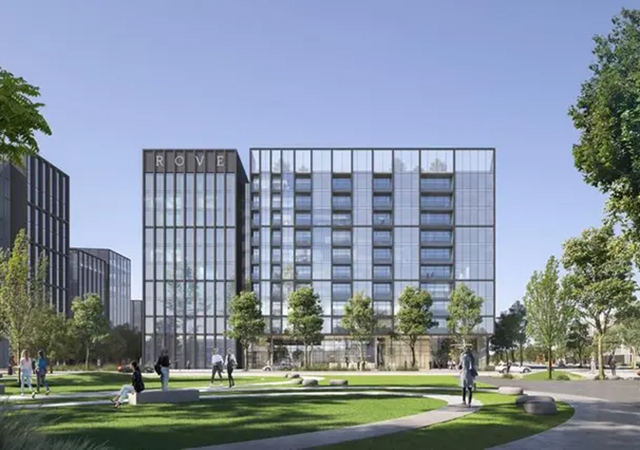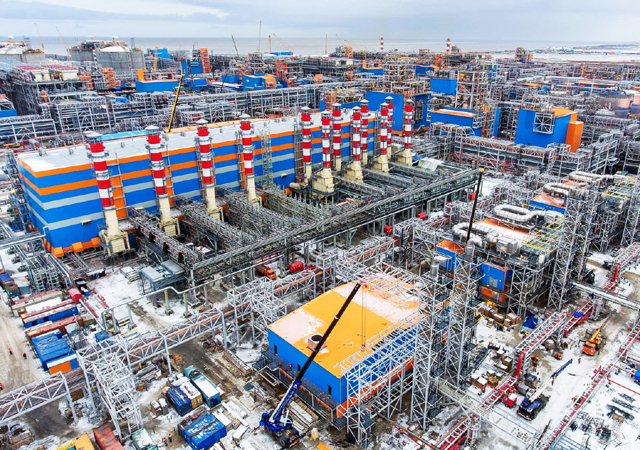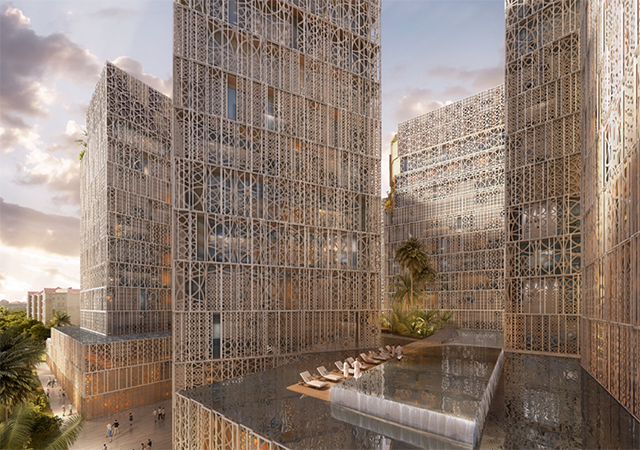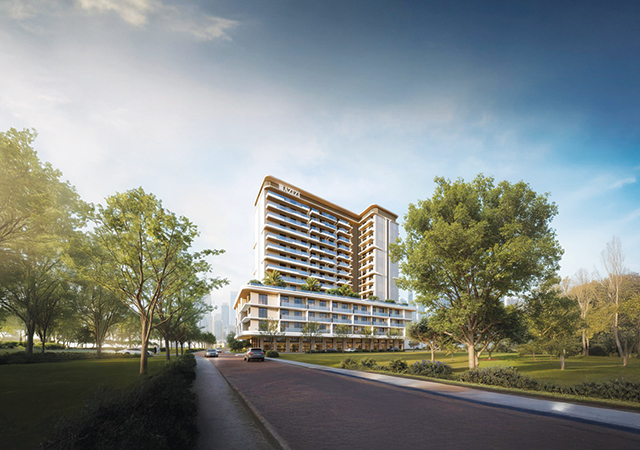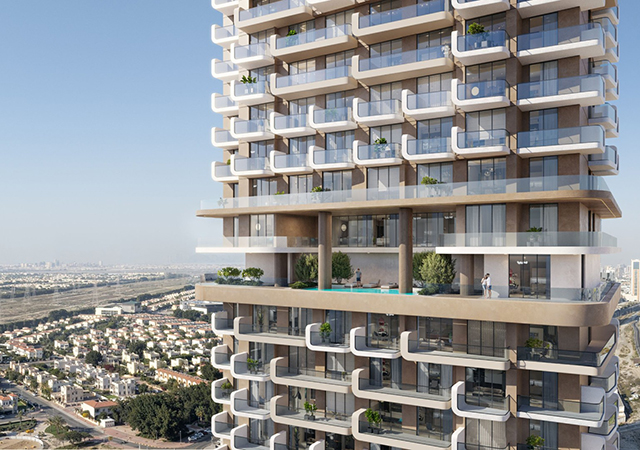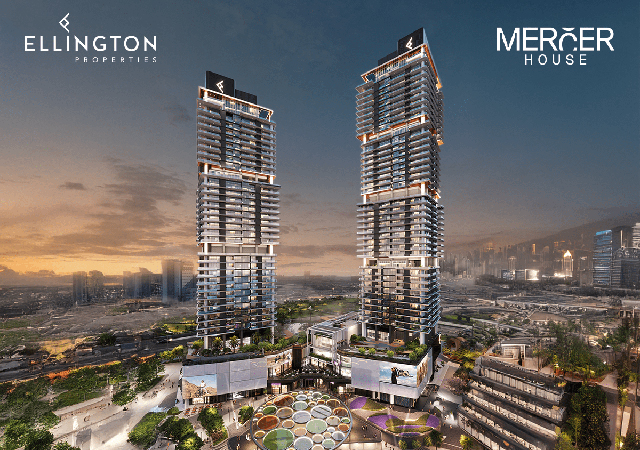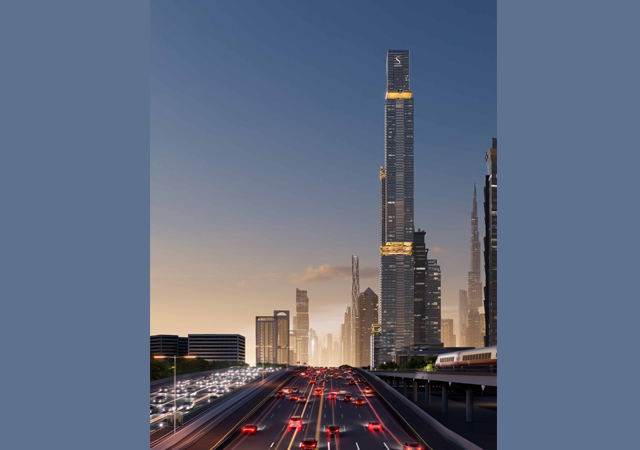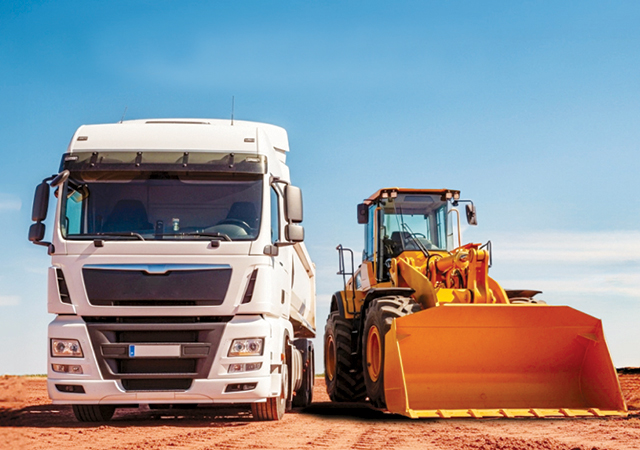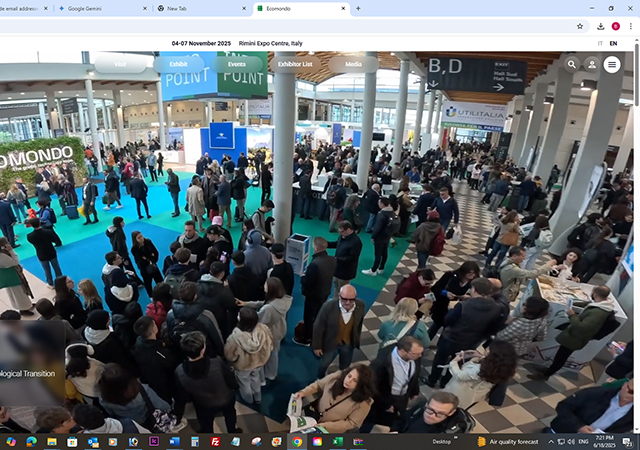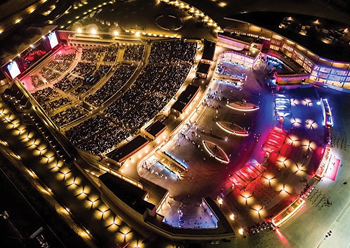---M2L-Concepts.jpg)
---M2L-Concepts.jpg) While designing or revamping leisure facilities, elements that deliver a complete sensory experience should be incorporated.
While designing or revamping leisure facilities, elements that deliver a complete sensory experience should be incorporated.
In the late 1990s, when B Joseph Pine II and James H Gilmore first used the term ‘experience economy’ in their book The Experience Economy, the significance of customer-centric experience in gaining an edge over competitors was the focal point. Now, over two decades later, studies, including ones by the World Economic Forum, forecast that organisations must invest in creating and nurturing human-centric experiences to stay in business over the next decade and beyond.
Millennials, who account for a vast majority of the workforce worldwide, are also significant contributors to the experience economy’s growth. The World Economic Forum found that 78 per cent of millennials value experiential purchases higher than material ones. Therefore, businesses must consider various factors that determine a brand’s proposition among the consumers, one of the first being design.
After spending almost three years without many social interactions and tangible experiences, people across the globe are looking for activities that satisfy their heightened need to renew contact with the world. Owing to such demands, industries like tourism and leisure now focus on selling experience rather than mere services, and it is estimated that the market size of the global recreation industry will surpass $89 billion by 2025.
 |
|
Gateff ... focus is on selling experiences. |
Tourism accounts for 10 per cent of the global GDP and leisure tourism accounts for 55 per cent of all tourism activities globally. Leisure facilities that fulfil the experience appetite are among the experience economy verticals increasingly investing in design principles to drive growth and engagement. Fear of missing out (aka FOMO), caused by social pressure, exclusivity, and limited-time opportunities in people worldwide also adds to the expansion in experiential appetite. As human experiences are subjective, personal relationships built with customers in physical spaces are also vital, as they can drive business growth through recommendations and referrals and guarantee loyalty.
Leisure is a very subjective experience, and multiple factors contribute to it. Thus, while designing, building, or renovating a leisure facility, it is essential to consider aesthetic preferences, social structure, environmental and cultural factors, economic situation and governmental rules and regulations.
The pandemic confined people within their home and changed the perception of local neighbourhoods and the designs of towns and cities. Now, there is an increase in demand for spaces that are resilient to unforeseen circumstances, open spaces, children’s playgrounds, and recreational facilities are a priority for many.
To address the changing lifestyle preferences and increase interest in social interaction, cities in the Middle East can utilise the under- and undeveloped plots to create parks or any other leisure facility. Furthermore, developers can also consider utilising the informal leftover open spaces around the buildings for ad-hoc play/exercise/walk areas and upgrade the residents' quality of life. Similar to functionality, durability and adaptability, location is another critical element during the development of a new leisure facility and is a primary requirement for the success of a facility. Identifying parameters like the distance an individual will travel to a recreational, leisure, or shopping facility is crucial to the optimal use; playful pathways constructed near the facilities will also affect people’s travel behaviour. Additionally, co-located, integrated or adjacent facilities for the community's needs must also be considered during the planning process.
 |
|
M2L Market in Dubai ... a project by M2L Concepts. |
Appeal and amenities are equally significant in the case of leisure facilities; for instance, modern contemporary designs incorporated with biophilic elements like vertical gardens or water features are one of the best suited for the climatic conditions in the Middle East. The harsh summer in the region also calls for design choices that ensure comfort and safety such as ample shading.
Another critical factor that needs much attention during the planning and construction of leisure facilities in the region is insulation to offer a cooling effect from the temperature that soars up to 50 degrees Centigrade in peak summer — use of high thermal value materials like light-weight high insulation concrete and light colour paints on the exterior and interior walls are two ways to do so. Besides this, photochromatic glazing, inward-facing courtyards to maximise shading, external shading mechanisms like external shutters, horizontal overhangs and awnings, and ground-coupled ventilation are also effective means to reduce the indoor temperature.
Think beyond the visual experience
Location-based experiences are projected to become a $12 billion industry by 2023. Factors that elevate the physical experience gain higher value; thus, designers should anticipate and understand the ever-changing consumer behaviour while building leisure facilities. They must have exciting and balanced avenues to fulfil the diverse requirements of a wide range of demographics, especially considering the melting pot that the UAE is. Moreover, it is also vital to understand the challenges faced by users to create more welcoming and inclusive experiences at leisure facilities. Interestingly, high internet penetration in the region is also an ‘experience economy’ driver with the number of mobile internet penetration expected to reach 50 per cent of the population by the end of 2022. Adding to it, millennials and tech-savvy Gen Z highly prefer insta-worthy locations to spend their valuable time.
While designing or revamping leisure facilities incorporate elements to deliver a complete sensory experience that can evoke positive emotions and create happy memories. Flexibility and inclusivity are crucial aspects that need greater attention, especially in an urban environment. Shared recreational facilities in communities do not just address the multigenerational audience but also help governing bodies maximise their budget, encourage active lifestyles in the local culture, and contribute to community connections. The multi-functional spaces in these locations should have the space for a breathable environment with durable flooring and must be divided distinctly for various purposes to ensure optimal use.
As the global population, especially millennials, embrace sustainable practices and follow a minimalist ideology and mindful living, leisure designers must consider introducing or enhancing environment-friendly policies, including carbon footprint reduction. Low maintenance, high durability and efficiency are among the sought-after words in implementing ESG (environmental, social, and governance) practices. Leisure facilities must also invest in choosing suitable materials as per the environmental conditions and usability to ensure longevity. As climate-related disasters have increased by over 80 per cent in the last 20 years, CallisonRTKL, an industry leader in global architecture, suggests that net-zero sustainable solutions can be achieved in the Mena region by designing around geographical features, microclimate manipulation, the introduction of water and wind cooling, and designing for mixed-use and walkable urban areas. Modern architects, urban designers and planners can draw significant inspiration from the age-old practices found here to create environmentally-focused designs with all the necessary amenities.
Customer-focused designs
A look at the number of mega leisure projects – including the ones planned and under way in the region – indicates the volume of experience consumption in the region. Considering the regional environmental factors, namely the hot and humid summer, designers and architects survey, identify and analyse the effective factors, which give utmost importance to customer comfort and satisfaction. In line with creating top tourist destinations or being one, innovative technology is also leveraged to maximise the customer experience. For instance, augmented reality (AR) is used widely by hoteliers to enhance the physical environment or disseminate information 24x7 per customer’s requirements. Similarly, other digital technologies such as artificial intelligence (AI) and virtual reality (VR), which are used by around 171 million people globally, also have the potential to drive changes in the leisure economy and experience consumption.
While value for time and money and the search for one-of-a-kind unique experiences drive customers, facility providers must be keen on staying up to date on the latest trends and implementing changes to deliver positive customer experiences and meet ever-changing expectations. The spending on Mena’s theme parks, amusement parks, and family entertainment centres will more than double from $266 million in 2018 to $609 million by 2023.
With the advent of Fifa 2022 later this year, M2L Concepts is working on a few such developments within the DIFC district – M2L Market in Dubai. There will be a temporary entertainment area connected to the various fan zones on the roof of Gate Avenue Mall, where audiences will be able to cheer for their teams on giant live screens and participate in a wide range of cultural and educational immersive activities. These could be themed concerts and community sporting activities for all ages, to F&B experiences and business talks plus much more. The cultural landscape of the Middle East has a far-reaching impact on the concept of leisure in the region and the UAE’s strong leisure industry is set up to thrive in the years to come.
*M2L Concepts is a leading player on the UAE market that is helping clients create inspiring experiences and develop iconic spaces.






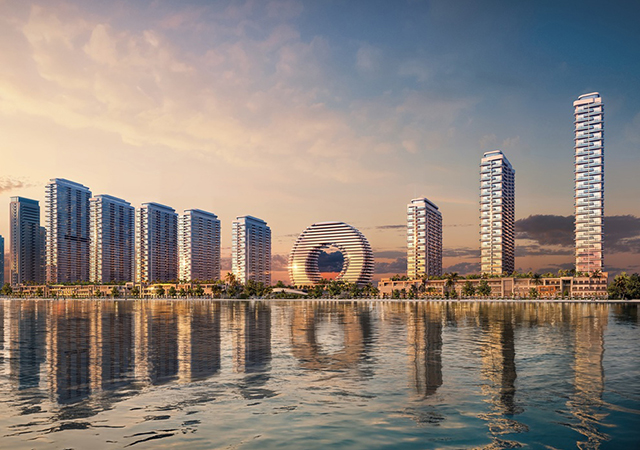

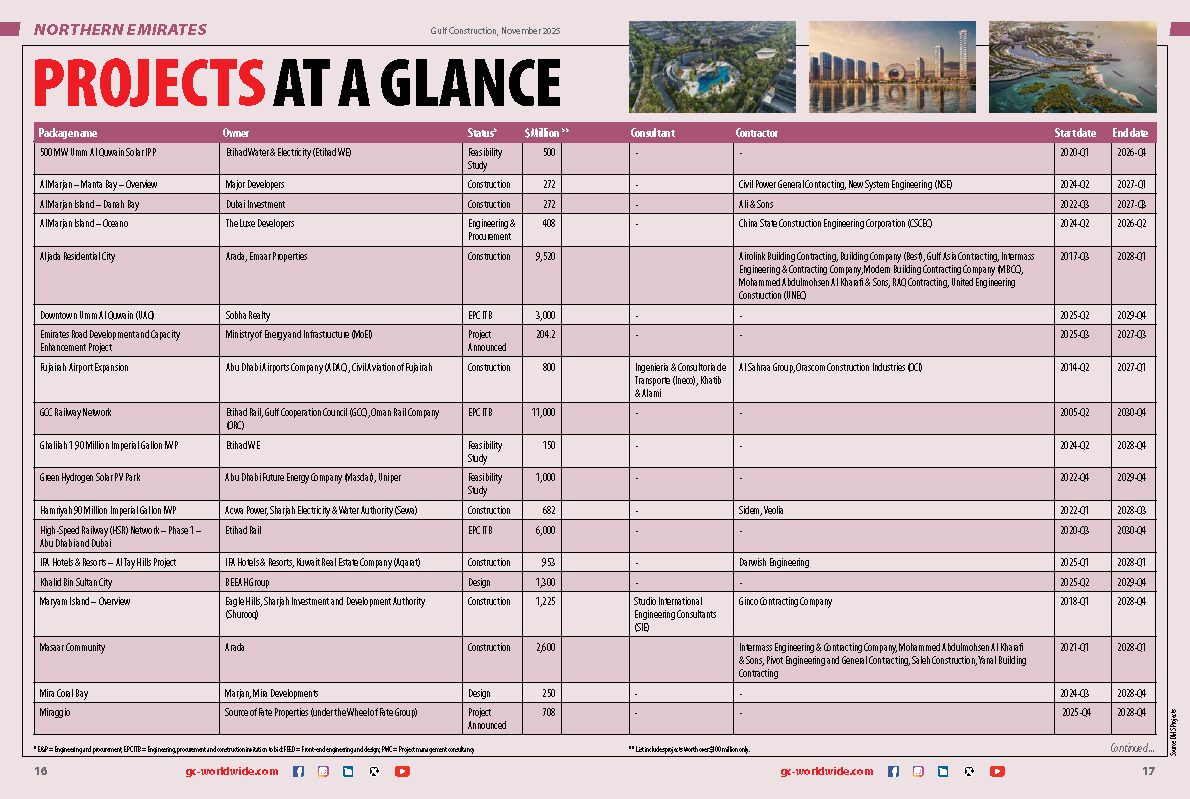
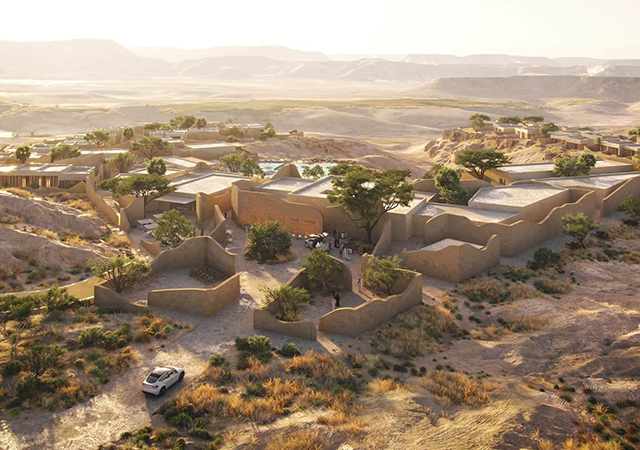
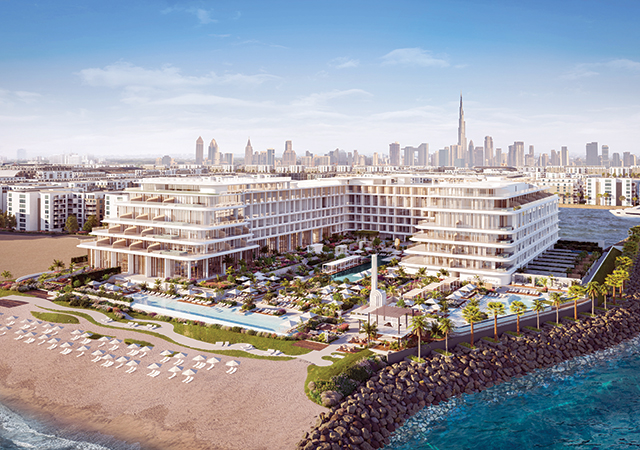


(5).jpg)

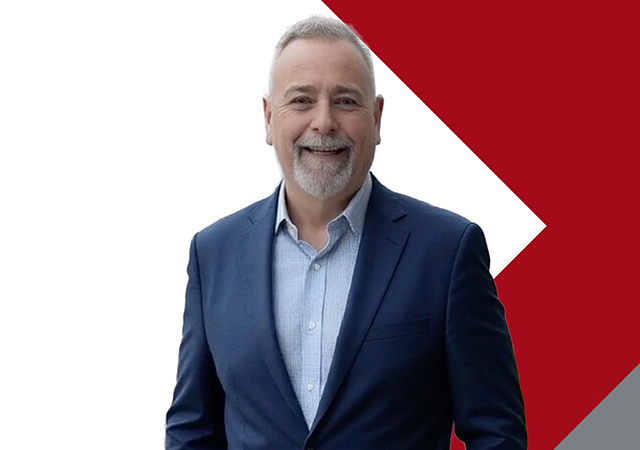

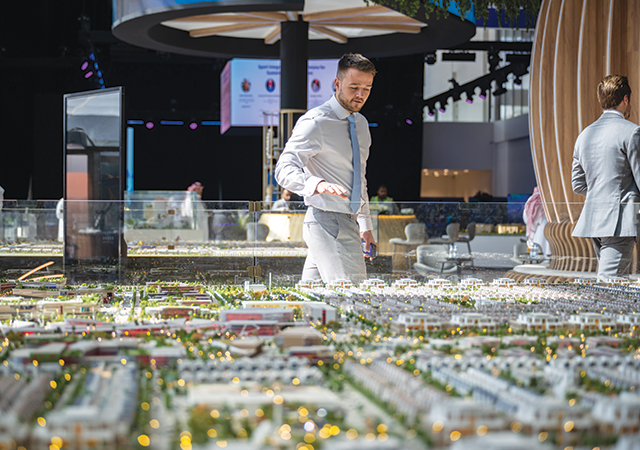
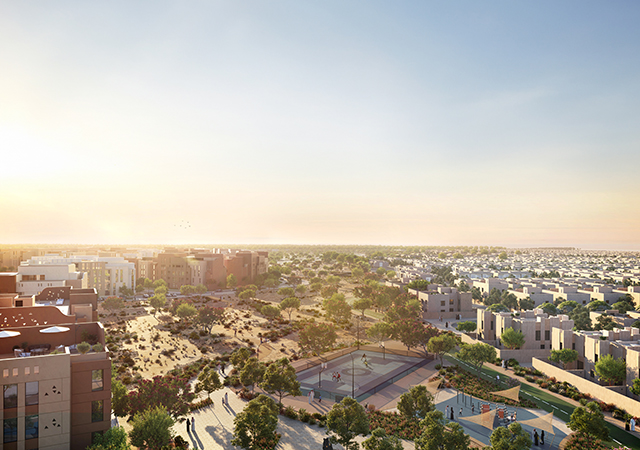
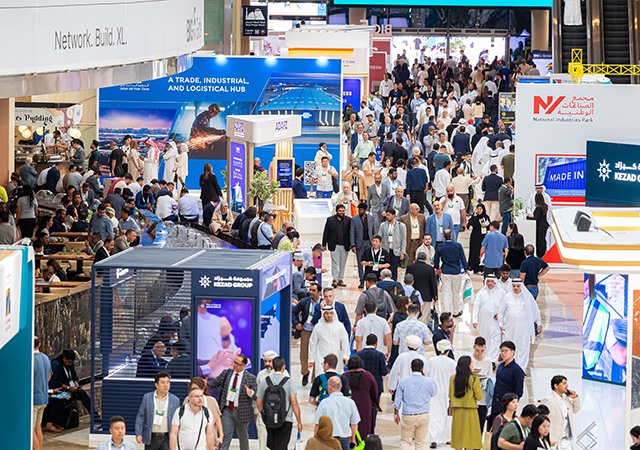
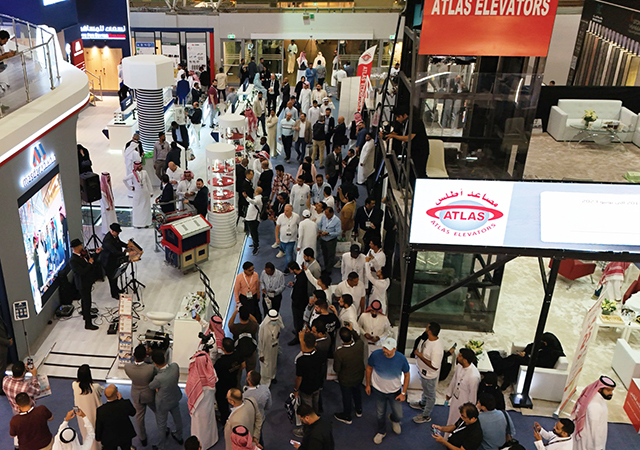
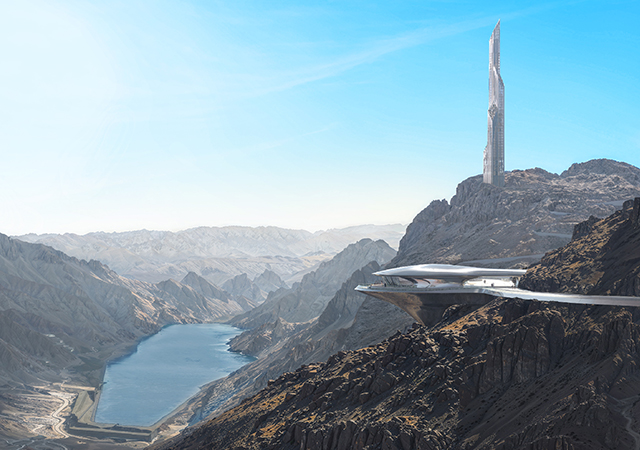
.jpg)
